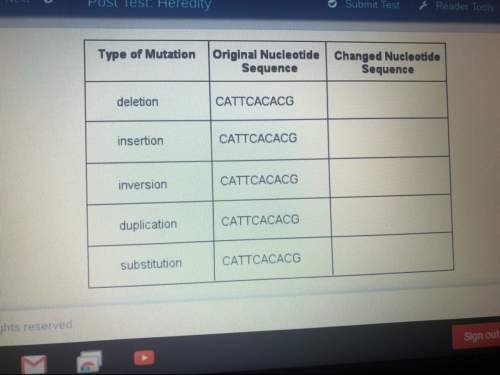
The following crosses in Drosophila involve the X-linked recessive eye mutation white and the autosomally linked recessive eye mutation sepia (resulting in a dark eye). Recall that white acts epistatically to the expression of sepia, as the white locus controls the transport of pigment into the eye. Predict the F1 and F2 results of crossing true-breeding parents of the following genotypes and phenotypes. Cross 1: w/w; se+/se+ (white) females x w+/Y; se/se (sepia) malesIn the F1, female eyes are and male eyes are .F1 males and females are crossed to generate the F2.In the F2, the ratio of eye colors in the progeny is the same in males as it is in females. In the F2, the proportion of females with sepia eyes is .Cross 2: w+/w+; se/se (sepia) females x w/Y; se+/se+ (white) malesIn the F1, female eyes are and male eyes are .F1 males and females are crossed to generate the F2.In the F2, the ratio of eye colors in the progeny is the same in males as it is in females. In the F2, the proportion of females with sepia eyes is .

Answers: 3
Other questions on the subject: Biology

Biology, 22.06.2019 03:00, AtlFan6392
When mendel crossed a true-breeding short plant with a true-breeding tall plant all the offspring were tall. which term describes the gene for tallnes?
Answers: 1

Biology, 22.06.2019 05:00, kamnicole13
Idon’t know the answer and i’ve been stuck on it for a while now skskskskks
Answers: 2

Biology, 22.06.2019 05:30, caity2006
Can bacteria reproduce in a way such that when you start out with two bacteria, you get five bacteria? why or why not? * a. yes, because bacteria reproduce sexually, and can produce any number of offspring, just as humans do. b. no, because bacteria grow at an exponential rate. c. no, because when bacteria reproduce, they split into two parts, and two bacteria splitting would result in four bacteria.
Answers: 1

Biology, 22.06.2019 07:00, Savageboyn
In many humans, exposing the skin to sunlight over prolonged periods of time results in the production of more pigment by the skin cells (tanning). this change in skin color provides evidence that -
Answers: 3
Do you know the correct answer?
The following crosses in Drosophila involve the X-linked recessive eye mutation white and the autoso...
Questions in other subjects:



Mathematics, 22.04.2020 02:17














